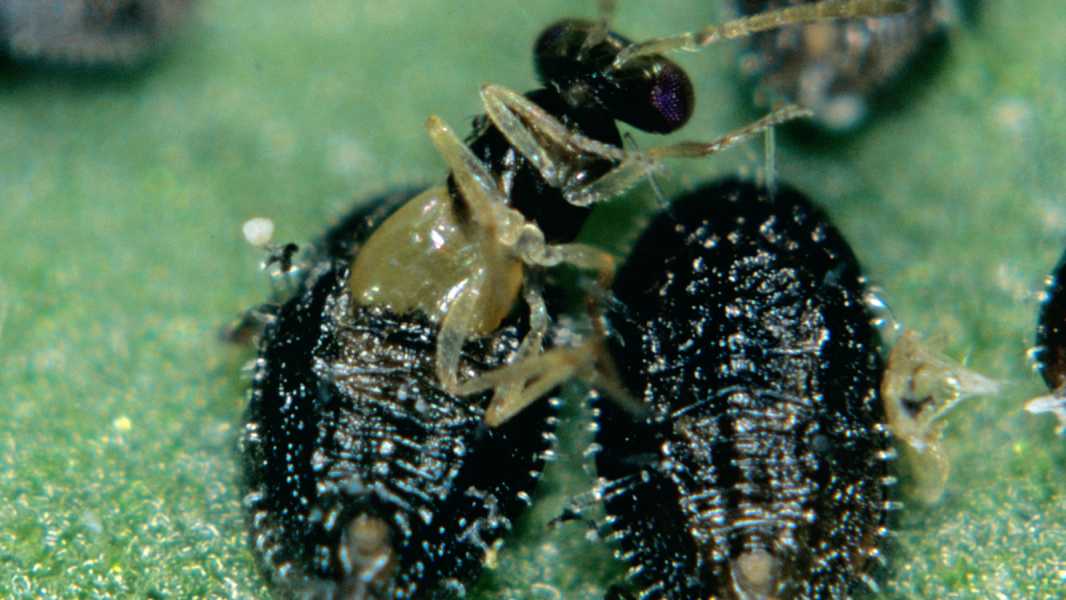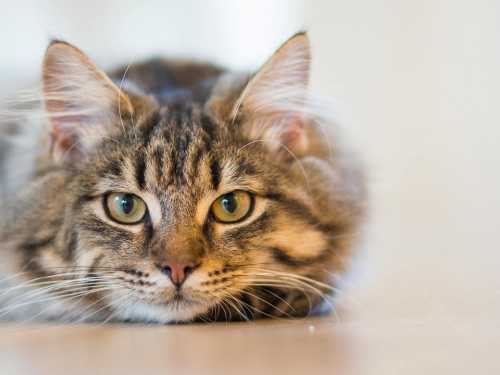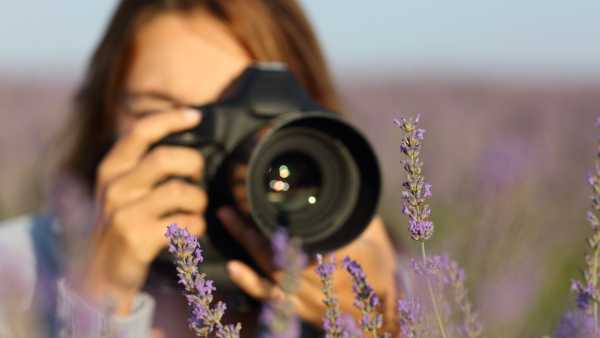
The parasitoid wasp initially hatches from a whitefly. These wasps can be infected with the bacterium Wolbachia, which turns almost all males into females in the population. The bacteria are able to transform male eggs into females using sex-determining genes that have been taken from other insects. (Photo by Nigel Cattlin/Alamy Stock Photo)
Bacteria living inside parasitic wasps destroy all males in a given population. Now scientists have identified one way in which this happens.
A study published in March in the journal Genome Biology showed that bacteria once borrowed sex-determining genes from other insects and now use them to make proteins that turn nearly all male eggs into female ones.
“When we first discovered this female factor in the bacterial genome, we were really excited because this protein explained so many ways in which the bacteria could ensure that females were dominant in the wasp population,” senior study author Amelia Lindsay, an entomologist at the University of Minnesota, told Live Science in an email.
Wolbachia bacteria live inside insect cells and can only be passed from parent to offspring through female eggs, not sperm. As such, they benefit from a largely female population. Although scientists discovered Wolbachia in insect tissues more than 100 years ago and figured out their ability to alter sex ratios about 30 years ago, they are only now beginning to understand how exactly the bacteria manipulate their hosts to facilitate their transmission.
This manipulation can have serious consequences. For example, when researchers in Samoa studied a population of infected Hypolimnas bolina butterflies, they found 100 females for every male, all thanks to this microscopic organism.
Over the years, scientists have discovered that Wolbachia uses a variety of tactics to increase the proportion of females in the population, including destroying male embryos and blocking the development of Wolbachia-free eggs, as well as transforming genetically male individuals into females.
“Microbes have developed sophisticated mechanisms to manipulate their hosts,” Hiroshi Arai, who studies insect evolution at the University of Liverpool in the U.K. but was not directly involved in the study, told Live Science in an email.
However, one of the main ways Wolbachia maintains an all-female population is by manipulating host reproduction to produce all-female offspring without the need for male fertilization.
Males and females have different sets of chromosomes. Males have only one set of chromosomes, meaning one copy of each gene. They develop from unfertilized eggs. Females, on the other hand, have two copies of each gene and develop from fertilized eggs.
Normally, when a wasp reproduces, its chromosomes are duplicated and then split into separate cells, leaving daughter cells with half the number of chromosomes of the parent cells. Wolbachia, using mechanisms that scientists still don’t fully understand, somehow prevents this last step by forcing females to develop from unfertilized eggs that would otherwise become males. In this way, all the wasps will carry and pass the bacteria on to their offspring.
“Wolbachia doesn’t just manipulate host sex determination, it becomes an integral part of it,” Tobias Engl, who leads the Insect Symbiosis Project at the Max Planck Institute for Chemical Biology in Germany, told Live Science. Engl was not involved in the research.
However, how Wolbachia contributes to sex determination has remained a mystery.
A new study offers part of the answer to that question.
A second study, published in June in the journal Current Biology, found that hidden within Wolbachia DNA is a gene that appears to have originated in insects rather than bacteria. The gene codes for
Sourse: www.livescience.com





